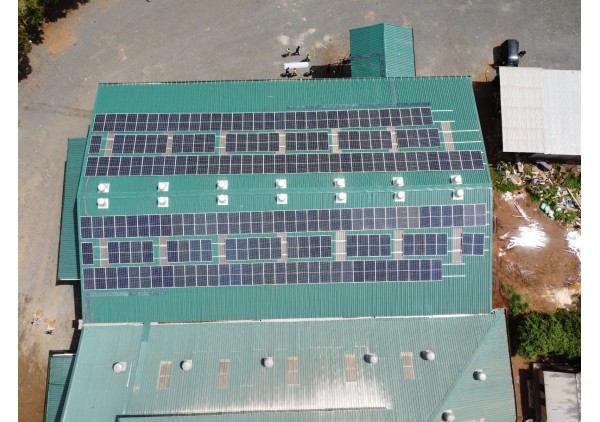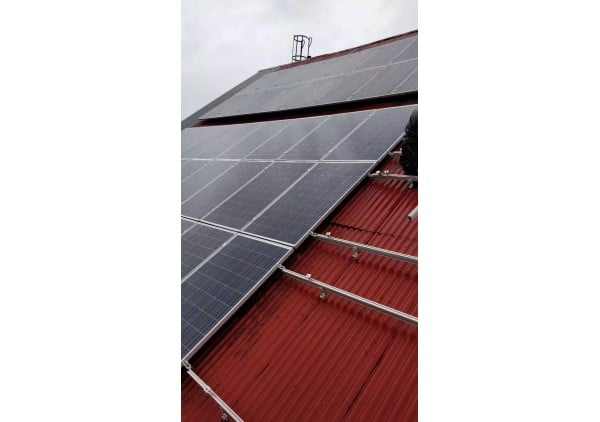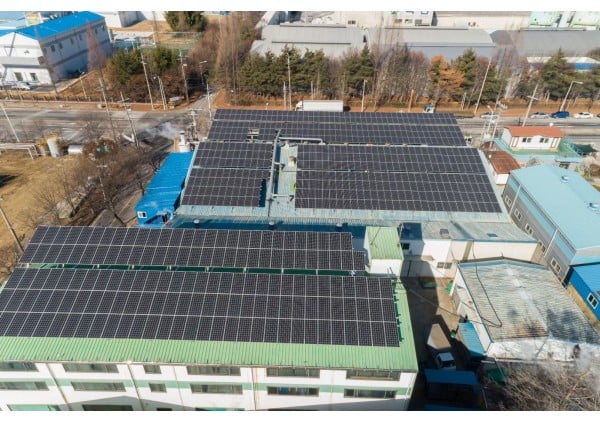2019
250KW X Sweden Augest 2019
In August 2019, a landmark achievement in the renewable energy sector was marked by the completion of a 250KW solar project in Sweden. This impressive project highlights the advancements in solar energy technology and the growing commitment to sustainable energy solutions. This blog post will cover the details of the project, the installation process, the benefits it brings to Sweden, and practical solar installation tips. Join us as we delve into this notable case study and explore its impact on Sweden's energy landscape.
Project Overview
250KW Solar Project in Sweden
The 250KW solar project, located in Sweden, is a testament to the country's dedication to renewable energy. Completed in August 2019, this large-scale installation incorporates advanced photovoltaic systems designed to maximize energy efficiency and output.
Key Components
250KW L-Feet Roof Commercial Install: The project utilized 250KW L-Feet roof mounts, essential for securing solar panels on commercial rooftops. These mounts provide the necessary stability and durability to withstand Sweden's varied weather conditions.
Photovoltaic System: The heart of the project is a state-of-the-art photovoltaic system. This system comprises high-efficiency solar panels, inverters, and a comprehensive monitoring system to ensure peak performance and energy production.
Solar Installation Tips
Successfully installing a large-scale solar project requires careful planning and execution. Here are some valuable tips for solar installations, inspired by the 250KW project in Sweden:
1. Thorough Site Assessment
Conduct a detailed site assessment to identify the optimal location for the solar panels. Take into account factors such as roof orientation, shading, and structural integrity.
2. Quality Components
Use high-quality components, including solar panels, inverters, and mounting systems. The 250KW L-Feet roof mounts were crucial in this project for providing a secure and stable foundation.
3. Experienced Workforce
Hire a skilled and experienced workforce for the installation. Proper training and expertise are essential to ensure the system's efficiency and longevity.
4. Robust Monitoring System
Implement a comprehensive monitoring system to track the performance of the photovoltaic system. This enables real-time data analysis and timely maintenance if needed.
5. Regulatory Compliance
Ensure that the installation adheres to local regulations and standards. This not only guarantees safety but also maximizes potential incentives and rebates.
Benefits of Solar Energy in Sweden
Environmental Impact
The 250KW solar project significantly reduces carbon emissions, contributing to global efforts to combat climate change. By harnessing solar energy, the project decreases reliance on fossil fuels and promotes sustainable energy practices.
Economic Advantages
Solar energy projects create jobs and stimulate economic growth. The 250KW project in Sweden generated employment opportunities for local communities and supported the development of the renewable energy sector.
Energy Independence
Investing in solar energy enhances energy independence. With its ample sunlight, Sweden can reduce its dependence on imported energy sources and move towards self-sufficiency.
Case Study: 250KW Solar Project
Project Planning and Execution
The planning phase of the 250KW solar project involved extensive collaboration between local authorities, engineers, and solar energy experts. Detailed site assessments and feasibility studies were conducted to ensure the project's success.
Installation Process
The installation process was meticulously executed, adhering to best practices for solar installations. The 250KW L-Feet roof mounts were securely attached to the commercial rooftop, providing a stable foundation for the solar panels. Skilled technicians installed the photovoltaic system, ensuring optimal alignment and connectivity.
Performance and Monitoring
Since its completion in August 2019, the 250KW solar project has consistently delivered high energy output. The advanced monitoring system provides real-time data, allowing for continuous performance analysis and maintenance.
Conclusion
The 250KW solar project in Sweden, completed in August 2019, exemplifies the potential of solar energy. By utilizing high-quality components like the 250KW L-Feet roof mounts and advanced photovoltaic systems, the project demonstrates the benefits of renewable energy in terms of environmental impact, economic growth, and energy independence. As Sweden continues to embrace solar energy, projects like this pave the way for a sustainable and prosperous future.














